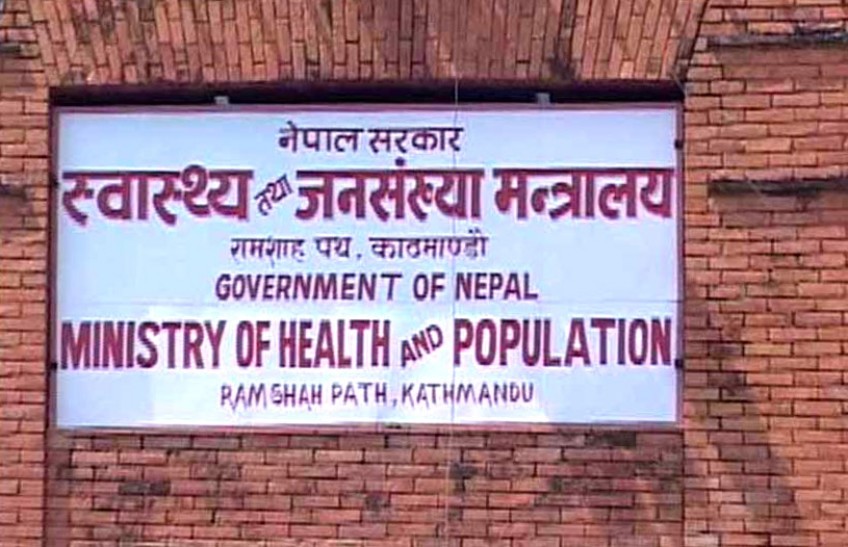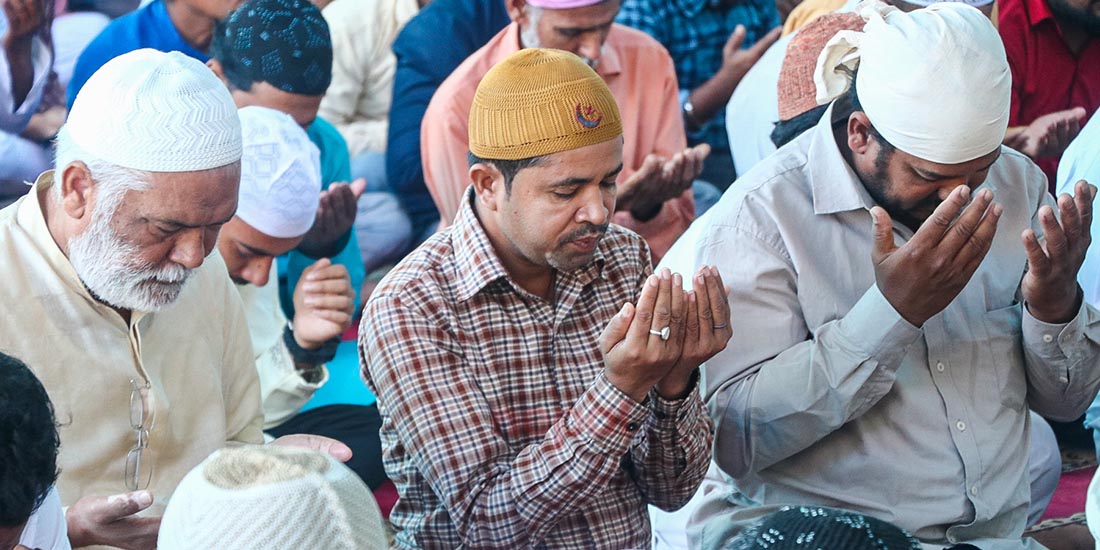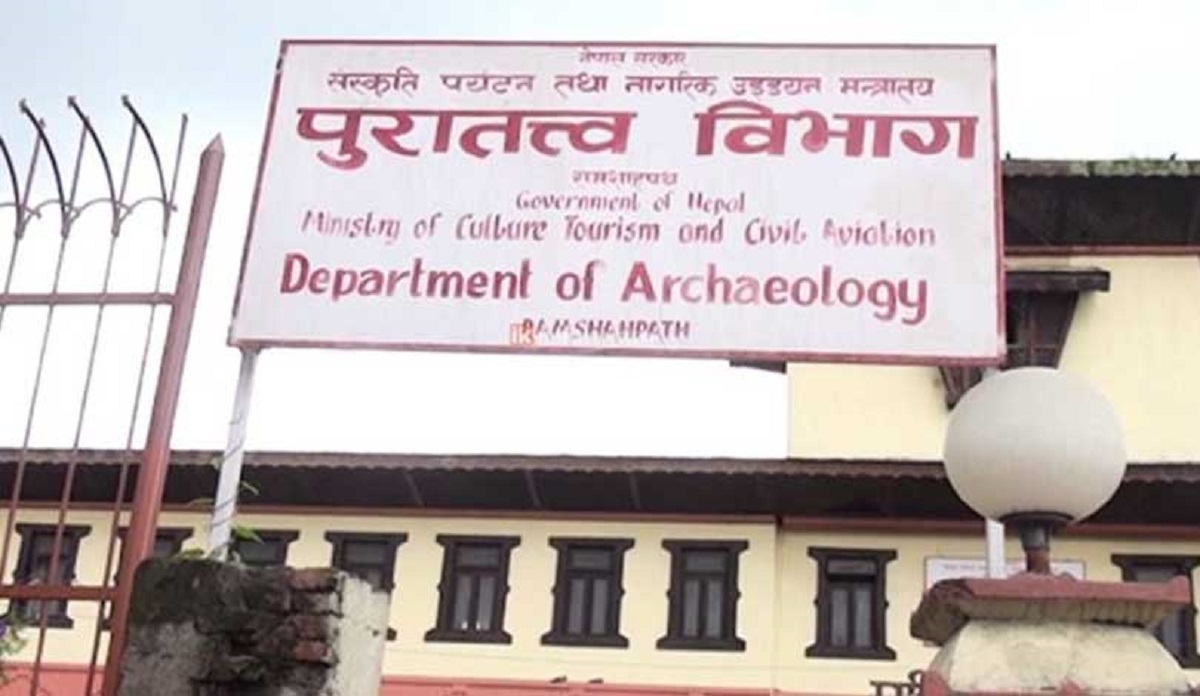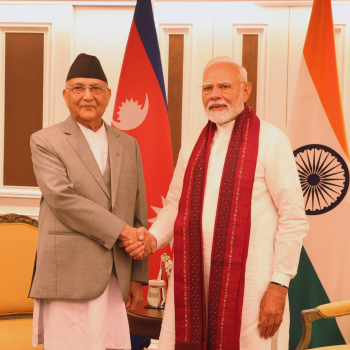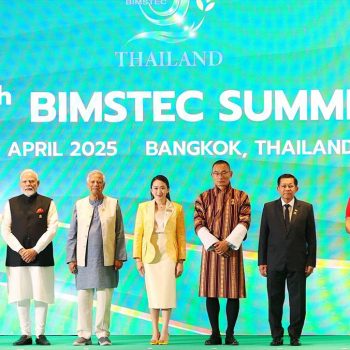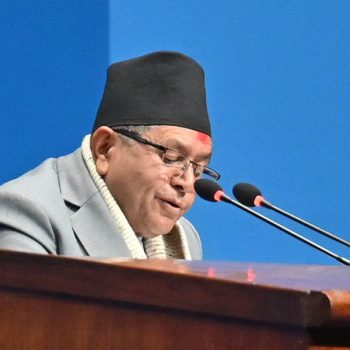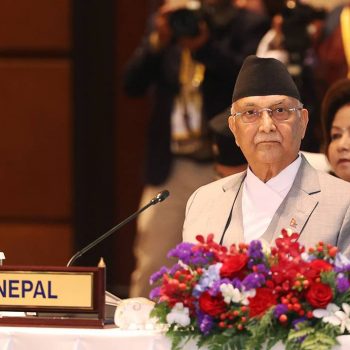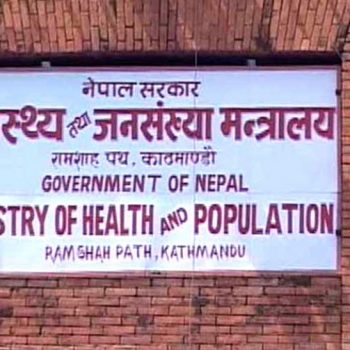SAARC dormant for 5 years, Nepal failing to revive the organization
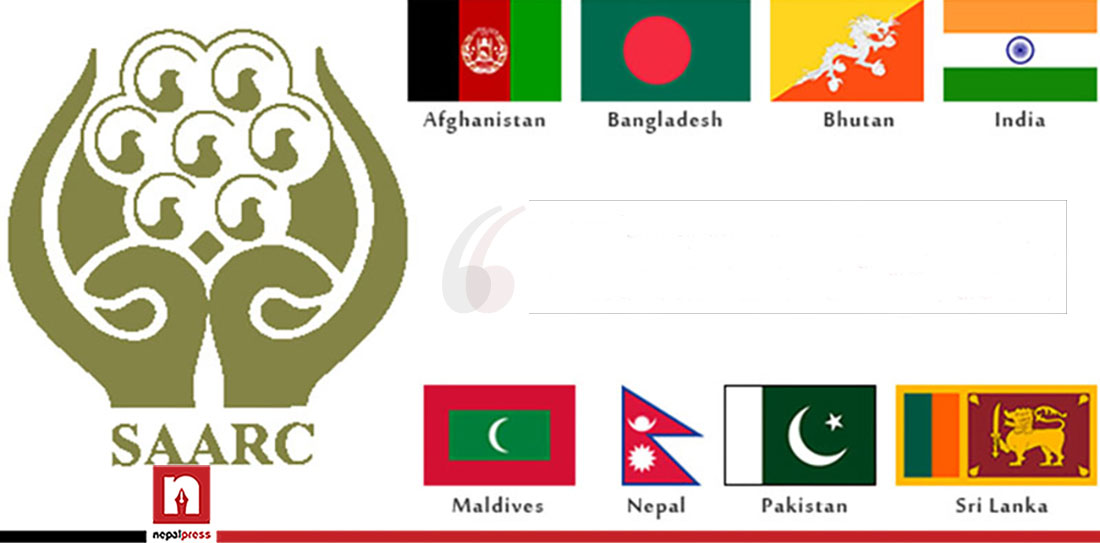
KATHMANDU: Speaking to CNN India Television a few days ago, Prime Minister KP Sharma Oli said that the 19th conference of the South Asian Association for Regional Cooperation (SAARC) should be held. As the current president, Nepal wants to hand over the responsibility to another member country, he said.
It can be easily analyzed that this is a very formal reply of the Prime Minister. In practice, neither the SAARC Conference is likely to be held soon, nor has the Chairperson Nepal taken any serious initiative for it. On the contrary, India seems to be doing various exercises in the last few days to present itself as the ‘leader’ of the SAARC region under this or that pretext.
In an interview, the Prime Minister said that the SAARC summit could not be held due to a “misunderstanding between the two neighbours” without naming India and Pakistan. This is the root of the problem. Moreover, India’s reluctance towards SAARC is paramount in this too. Pakistan has not obstructed the SAARC summit.
The Prime Minister’s remarks came at a time when member states are realizing the need to work together on issues of regional stability, the COVID-19 pandemic, cross-border terrorism and climate change. However, the annual SAARC summit has been postponed for five years.
The last SAARC Summit was held in Kathmandu on 26th -27th November 2015. The 18th Conference had announced that the 19th Conference would be held in Islamabad, the capital of Pakistan, on 9th and 10th November 2016. However, four of the eight-member states, India, Afghanistan, Bangladesh and Bhutan, did not attend the conference. And, so far no concrete initiative has been taken for the conference.
India has decided to boycott SAARC after 17 soldiers were killed in Uri and Pathankot on the border with neighbouring Pakistan. The host nation, Pakistan, had postponed the conference after the four-member states, including India, informed incumbent Nepal that they would not participate.
The Pakistan Foreign Ministry had announced the postponement of the conference citing India’s obstruction in the SAARC process. At the time, a Pakistani foreign ministry spokesman tweeted that India’s decision was “unfortunate”. The regional body was a victim of tensions between India and Pakistan amid complaints that SAARC was not working effectively.
If the conference had been held regularly, the SAARC chair country would have been Sri Lanka through Pakistan. The 20th conference would have been held in Sri Lanka and Afghanistan would have been formed in 2021.
What is Nepal’s initiative?
Speaking to Nepal Press, Foreign Ministry Spokesperson Seva Lamsal said that Nepal, as the chair of SAARC, is taking initiative through diplomatic channels and all channels to host the 19th SAARC Summit.
“Nepal is taking the initiative to move SAARC forward from the appropriate platform,” Lamsal said. “We want to transfer responsibility to another country as soon as possible and the process is moving forward at all levels.”
According to Lamsal, the Prime Minister’s wish is also towards handing over the responsibility.
In a meeting with the current Secretary-General of SAARC and Sri Lankan diplomat Esala Ruwan Weerakoon, Prime Minister Oli said that Nepal, as the chair, was making continuous efforts and consultations. He stressed the need to expedite the SAARC summit. Oli has repeatedly said that Nepal is taking initiative in organizing the conference from various forums. Visiting the SAARC Secretariat on 7th February 2020, Oli said he was eager to hand over the chairmanship to Pakistan.
However, Indra Adhikari, an expert on foreign affairs, said that Nepal has not been able to play an effective role as SAARC chair and its leadership has proved to be incompetent. She complained that Nepal has not been able to take strong initiatives on the issue of holding a SAARC conference.
“Even in the case of COVID, Nepal should have shown some kind of leadership among the SAARC countries, but it could not,” she said. “As the chair, Nepal has done nothing.” I could have taken the initiative from some forums, but I have not been able to raise it. ‘
She added, “I don’t think it’s right for a Prime Minister who can’t take the initiative when he is strong to say that he will take the initiative when the party is shattered and the government is weak.” It is difficult to do what he could not do when there is legitimacy in the current crisis. ‘
Former Ambassador to India Lokraj Baral says that the SAARC conference cannot be held even if Nepal wants it.
“Unless a basic agreement is reached between India and Pakistan, nothing will happen as Nepal wants,” said Baral. “I don’t see any sign of a conference in the current situation.” The conference is likely to take place only if India and Pakistan have good relations.
He expressed the view that the conference could be held only if there are goodwill and understanding between India and Pakistan.
India’s interest in BIMSTEC
BIMSTEC has recently been active in providing multilateral technical and economic assistance to SAARC. With a population of 1.5 billion in South Asia and Southeast Asia, the organization is having a meeting as scheduled. Nepal joined BIMSTEC as an observer in 1998 and became a full member in 2004.
Lately, Indian interest has been towards advancing BIMSTEC rather than SAARC dynamics. It is in India’s interest to expand its transit, security and trade to East Asian countries. India has repeatedly expressed interest in expanding trade by the road connecting the eastern states with Myanmar and Thailand.
Myanmar’s geography is linked to India and India wants to trade with Thailand by road. India has placed this interest under the ‘East-Look’ policy.
India’s credibility with BIMSTEC as an alternative to SAARC has been called into question. Sujan R. Chinoy, Director-General of the Defense Institute of Study Analysis and former Indian ambassador to Japan, said SAARC should be kept out of Pakistan. He remarked that the SAARC process could not move forward because of Pakistan.
“SAARC and South Asia need not be mentioned now. SAARC can be known as minus one (Pakistan), ‘he said. Sub-regional cooperation with Afghanistan has not been able to move forward due to the siege by Pakistan. Geography is also important. ‘
Indra Adhikari, an expert on foreign affairs, says India’s interest in BIMSTEC is under the Look-East policy.
“India’s interest is in trade, relations and transit,” the official said.
Former Nepali Ambassador to India Lokraj Baral said that BIMSTEC was not as active as rumoured. “BIMSTEC seems to be active only because there will be meetings and no protests,” he said. BIMSTEC is not far ahead either. ‘
As a power, some believe that India has sought to expand its dominance by engaging members of both BIMSTEC and SAARC. For example, Nepal has failed to take the lead in maintaining unity among SAARC countries under the control of covid and India has acted as a powerhouse to set up vaccine diplomacy and funds, the official said.
Is SAARC possible?
On the 1st of March, India and Pakistan agreed not to do firing in the border area and to maintain peace. No firing has been reported in the Line of Control (LoC) of Jammu and Kashmir since midnight that day. Analysts have described it as a “temporary ceasefire” between the two countries.
The agreement, set against the backdrop of months of military and diplomatic channels, could be a starting point for regional stability by hosting the SAARC Summit.
“Of course, this India-Pakistan agreement could play a role in creating an environment for SAARC talks,” Adhikari told the Nepal Press.
Baral, an expert on foreign affairs, says SAARC can only happen with a minimum understanding between India and Pakistan. “SAARC will not happen by Nepal’s will. “India and Pakistan should want it,” he said. “I have not seen such a sign till now .”
Indo-Pacific and China
Recently, the Indo-Pacific region has become the centre of world diplomacy and geopolitics. SAARC and BIMSTEC are important regional organizations in the region. The United States and the United Kingdom have stated through their foreign policies that the centre of geopolitics will now be the Indo-Pacific. China is also a strong player in the region and its growing diplomatic and powerful position in the region is sure to have an impact.
At the 13th SAARC Summit held in Dhaka in 2005, the then King Gyanendra proposed to bring China as a member of SAARC. India became sceptical of Nepal’s proposal and the then Indian Prime Minister Manmohan Singh rejected Nepal’s proposal.
India’s decision can be seen as part of its strategy to become a “big brother” in the regional organization. Because encircling Indo-Pacific China is the foreign policy of its traditional partners.
Even though the conference has not been concluded, the ministerial meeting among the SAARC members is in full swing. A meeting of the Ministers of Education of the SAARC countries was held on 8th October 2020. A meeting of SAARC foreign ministers was held on the 24th of September. On 16th September, a meeting was held between the Finance Minister and COVID-19 to discuss the SAARC economy.
On 15th March, a meeting of SAARC heads of state and government was held on the initiative of Indian Prime Minister Narendra Modi. The virtual meeting approved Modi’s proposal to set up a SAARC Emergency Fund to fight COVID. A meeting of health ministers on 23rd April agreed to control the COVID.
India, unwilling to activate SAARC, has thus unofficially sought to play a leading role by coordinating the SAARC countries. As the chair of SAARC, Nepal should have coordinated for such an interaction. However, nations other than Pakistan seem ready to move forward with India as their leader. This has made the future of SAARC even more uncertain.




